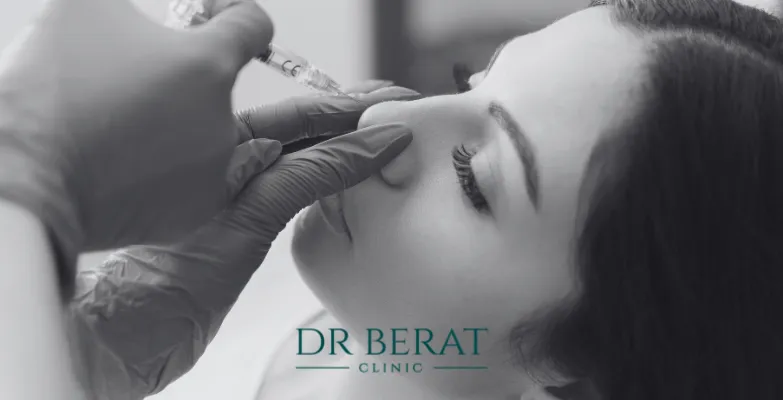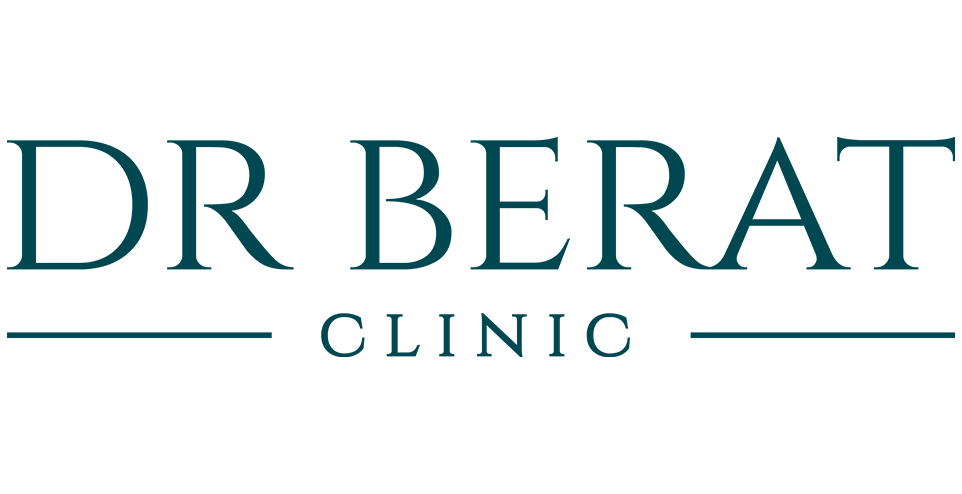Is rhinoplasty 100% safe? | Cosmetic surgery
Is rhinoplasty 100% safe?
No, rhinoplasty is not 100% safe. Nonetheless, it is generally considered safe when performed by a qualified and experienced plastic surgeon in an accredited medical facility.

Understanding rhinoplasty
The surgical reshaping of the nose, known as rhinoplasty, fulfils cosmetic and functional objectives that are frequently observed.
Surgically changing the structure of the nose is called rhinoplasty. When done by trained pros, the process is usually safe. Before choosing this cosmetic surgery, familiarise yourself with its fundamentals.
Assuaging worries about the safety of rhinoplasty is very important. Today's blog post explains the goal: to remove myths and give people facts so they can make smart decisions.
Addressing the pivotal query, we delve into the safety of rhinoplasty. Focused on answering: Is rhinoplasty safe? We unveil the facts, ensuring clarity and reliability.
Various rhinoplasty techniques include open and closed procedures. Open involves external incisions, providing better visibility, while closed involves internal adjustments. Both are generally safe, but risks exist.
Rhinoplasty is typically safe; however, infection, bleeding, and dissatisfaction are possible. Evaluation and treatment before and after surgery reduce problems.
Benefits
Rhinoplasty has aesthetic and functional benefits. It helps breathing, fixes problems with the nose, and makes the face look better. The procedure can improve your general well-being and confidence when carried out by a qualified therapist. Patients are safe and have a good result after surgery thanks to thorough exams done before and after the surgery.
Safety measures in rhinoplasty
It is very important to find a skilled and experienced rhinoplasty expert. Their knowledge lowers the risks, makes sure the right assessment is done, and increases the chances of a safe and good result for the treatment.
Thorough pre-operative evaluations and talks are required before rhinoplasty. Assess the patient's medical background, talk about what is expected, and check their general health to make sure the procedure goes smoothly and safely.
During rhinoplasty, the medical team follows strict rules for safety. These include clean surroundings, keeping an eye on vital signs, and using the right techniques to make sure the patient is safe during surgery.
Common risks and complications
Rhinoplasty risks encompass infection, bleeding, dissatisfaction with results, or breathing issues. While uncommon, meticulous surgical planning and post-operative care minimise these potential complications, ensuring safety.
The risks of rhinoplasty are generally low. The chance changes depending on the person's health, the skill of the surgery, and how well they follow pre- and post-operative instructions. This makes the process safer.
With careful preoperative and postoperative care, a qualified surgeon, and thorough surgical planning, rhinoplasty risks can be minimised. Vigilant monitoring and prompt intervention manage potential complications, ensuring safety.
Risks and side effects
Rhinoplasty can cause infections, bleeding, unhappiness with the results, and breathing problems. Bloating and bruises are common side effects that normally go away in a few weeks. Even though problems are rare, it is very important to lower the risk and have a good result by doing thorough evaluations before surgery and following the instructions afterward.
Signs of rhinoplasty rejection
Rhinoplasty rejection signs are uncommon but include persistent swelling, pain, or asymmetry. Any sudden changes warrant immediate attention. Maintaining regular follow-ups with the surgeon helps with early spotting and treatment, which ensures the best possible healing. As these problems are rare, noticing and fixing them can help make the rhinoplasty process safer and more successful.
Post-operative care and recovery
Following the directions given after rhinoplasty is very important. It helps the body heal properly, lowers the risk of problems, and guarantees the best results. This shows how important patient cooperation is for a safe recovery.
Rhinoplasty recovery varies but generally involves swelling and bruising for 1-2 weeks. Full results may take months. Follow post-operative guidelines for a smoother and safer recuperation.
To make sure you have a safe rhinoplasty healing, make sure you carefully follow the instructions for rest, cleaning, and medicine. Continue attending follow-up meetings to receive ongoing assistance and evaluations.
Long-term results and satisfaction
When carried out by skilled surgeons, rhinoplasty has a high success rate. Pre- and post-operative protocol adherence, patient suitability, and meticulous planning are critical for success.
Patient satisfaction with rhinoplasty is generally high. Factors include realistic expectations, effective communication, and achieving desired aesthetic goals. Surgeon expertise significantly contributes to overall contentment.
Contraindications
Some medical problems, like bleeding disorders or high blood pressure that can't be managed, make rhinoplasty impossible. Expectations that are too high, not enough time to heal from earlier surgeries, and serious mental health problems are also reasons not to go through with the surgery. A full review makes sure that the patient is a good candidate for rhinoplasty, which helps make the procedure safe and successful.
Conclusion
The blog talks about how safe rhinoplasty is by talking about methods, possible risks, and healing. The focus is on picking a good surgeon, getting tests done before surgery, and getting very careful care after surgery. Patient satisfaction is generally high, but the possibility of revision surgeries is acknowledged, ensuring a comprehensive understanding of the procedure.
Rhinoplasty is typically safe when carried out by a skilled professional. Thorough exams before surgery, following safety rules during surgery, and providing careful care after surgery minimise the risks. Problems can happen, but they don't happen very often. High patient happiness rates show that the process is safe and works well when done by a trained professional.
In conclusion, rhinoplasty is generally safe, yielding satisfactory outcomes. Choose a skilled surgeon, adhere to pre- and post-operative guidelines, and maintain realistic expectations. Risks exist but are minimised with careful planning. Regular follow-ups ensure optimal recovery. A thorough understanding of the process enhances safety and overall success.
Is rhinoplasty dangerous?
No, if a trained professional does the surgery, rhinoplasty is not dangerous. But it has risks, like getting an illness or blood, like any other medicine. Rhinoplasty is secure and efficient when carried out by a qualified professional. Pre- and post-operative instructions, patient evaluation, and skilled surgery reduce these risks.
Is rhinoplasty painful?
No, rhinoplasty is not painful. There will be some pain after the rhinoplasty. The amount of pain is different for each person. Surgeons use sedation during the procedure, and patients may feel some mild to moderate pain while they are healing. Managing pain properly, including taking recommended medicines, can help ease soreness and make the time after surgery more liveable and doable.
Is rhinoplasty permanent?
Yes, the effects of rhinoplasty last a long time, but the surgery itself isn't completely permanent. The nose may change over time because of getting older, the way you live, and natural changes. Even though the process makes the person look better for a long time, they will need to keep getting care and having realistic goals in order to keep the desired result for the rest of their lives.
Can rhinoplasty go wrong?
No, rhinoplasty cannot go wrong. But rhinoplasty complications are infrequent but may cause problems. Surgeon expertise, patient compliance with post-operative instructions, and healing reactions affect operation success. Pre-operative discussions and preparation reduce risks, but any surgery might have unforeseen results.

